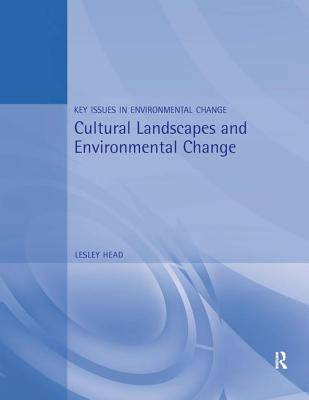
- Afhalen na 1 uur in een winkel met voorraad
- Gratis thuislevering in België vanaf € 30
- Ruim aanbod met 7 miljoen producten
- Afhalen na 1 uur in een winkel met voorraad
- Gratis thuislevering in België vanaf € 30
- Ruim aanbod met 7 miljoen producten
Zoeken
Omschrijving
Cultural landscapes are usually understood within physical geography as those transformed by human action. As human influence on the earth increases, advances in palaeocological reconstruction have also allowed for new interpretations of the evidence for the earliest human impacts on the environment. It is essential that such evidence is examined in the context of modern trends in social sciences and humanities. This stimulating new book argues that convergence of the two approaches can provide a more holistic understanding of long-term physical and human processes.
Split into two major sections, this book attempts to bridge the gap between the sciences and humanities. The first section, provides an analysis of the methodological tools employed in examining processes of environmental change. Empirical research in the fields of palaecology and Quaternary studies is combined with the latest theoretical views of nature and landscape occurring in cultural geography, archaeology and anthropology. The author examines the way in which environmental management decisions are made. The book then moves on to discuss the relevance of this perspective to contemporary issues through a wide variety of international case studies, including World Heritage protection, landscape preservation, indigenous people and cultural tourism.
Specificaties
Betrokkenen
- Auteur(s):
- Uitgeverij:
Inhoud
- Aantal bladzijden:
- 208
- Taal:
- Engels
- Reeks:
Eigenschappen
- Productcode (EAN):
- 9780340731147
- Verschijningsdatum:
- 31/10/2000
- Uitvoering:
- Paperback
- Formaat:
- Trade paperback (VS)
- Afmetingen:
- 189 mm x 246 mm
- Gewicht:
- 412 g

Alleen bij Standaard Boekhandel
+ 106 punten op je klantenkaart van Standaard Boekhandel
Beoordelingen
We publiceren alleen reviews die voldoen aan de voorwaarden voor reviews. Bekijk onze voorwaarden voor reviews.








